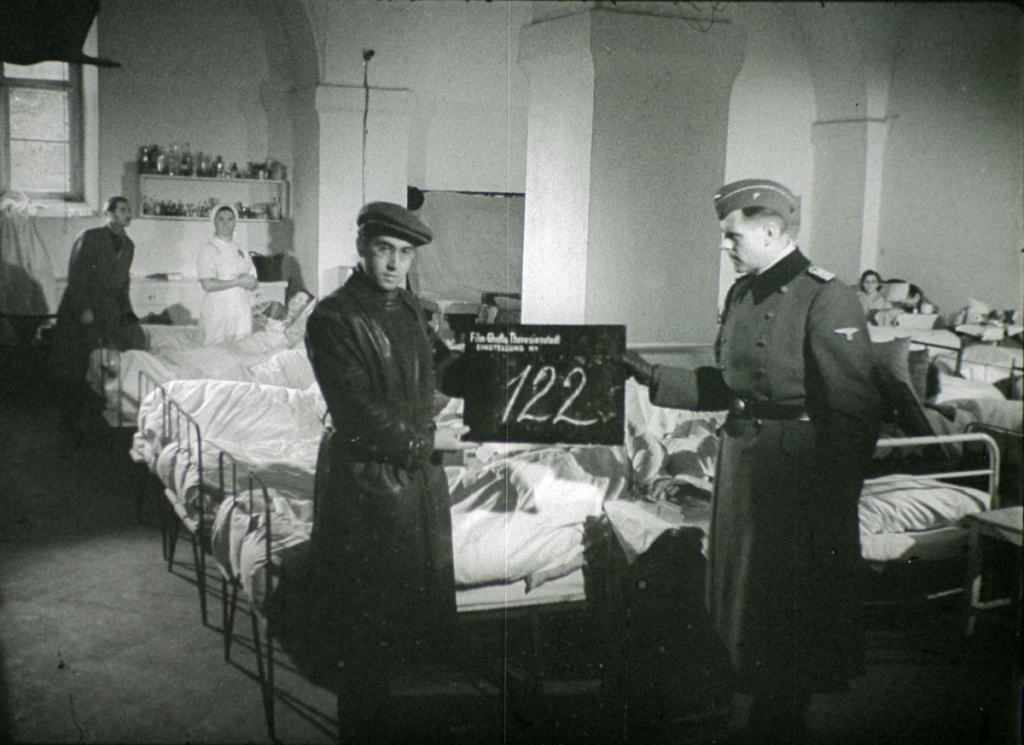Documentary filmmaking is a multifaceted art form, with the power to inform, persuade, and, at times, deceive. While many documentaries aim to provide an honest and insightful look at real-world subjects, others utilize rhetorical form to explicitly argue a point. This persuasive power of documentaries can be a force for both good and ill.
The Power of Rhetorical Form in Documentaries
Rhetorical form is a potent tool in the documentary filmmaker’s arsenal, allowing them to engage the audience on a deeper level. The four key attributes that define this form of filmmaking are:
1. Engaging the Audience: Rhetorical form speaks directly to viewers, igniting new intellectual convictions, evoking fresh emotional attitudes, or inspiring action. It’s a call to engage with the subject matter personally.
2. Matters of Opinion: This form of documentary filmmaking delves into matters of opinion rather than relying solely on cold, hard scientific facts. Filmmakers present a range of arguments and evidence, diving deep into ideology and explicit meaning.
3. Emotional Impact: When facts can’t be presented with absolute certainty, emotions take center stage. Rhetorical form often seeks to sway through feelings rather than just facts, aiming for that heartfelt connection.
4. Call to Action: Rhetorical form documentaries encourage viewers to take a stand. It could be a significant decision or a small one, but it compels the audience to choose a side and, perhaps, take action.
Deceptive Rhetorical Form in Nazi Propaganda
While rhetorical form can be a force for good, it can also be manipulated for nefarious purposes. An infamous example of this is found in Nazi Germany during World War II. The Nazi regime produced propaganda films that portrayed concentration camps in a misleading and propagandistic manner, intending to deceive both the German public and the international community.
One such example is the film “Theresienstadt: A Documentary Film from the Jewish Settlement Area” (1944). This documentary depicted Theresienstadt, a concentration camp located in what is now the Czech Republic, as a model of humane treatment of Jews. The film showcased prisoners engaging in cultural activities, children playing, and the camp appearing well-maintained.
The film selectively framed scenes, controlled lighting, and staged activities to convey a false image of well-being. Positive portrayals of healthy prisoners were featured while disturbing images and harsh realities were deliberately omitted. Through montage and editing, the film suggests a thriving and harmonious community.
However, it’s essential to recognize that this film was a glaring piece of Nazi propaganda. The reality of Theresienstadt was far removed from the idyllic picture it painted. Actual conditions in concentration camps were horrifying, marked by overcrowding, starvation, disease, forced labor, and the systematic extermination of prisoners in other camps.
“Theresienstadt” is a chilling example of how documentary-style techniques were used for propaganda purposes, with the explicit intent to manipulate public perception during World War II. It serves as a stark reminder of the power of documentary filmmaking, both for truth and deception, and the need for critical thinking when consuming such content.
